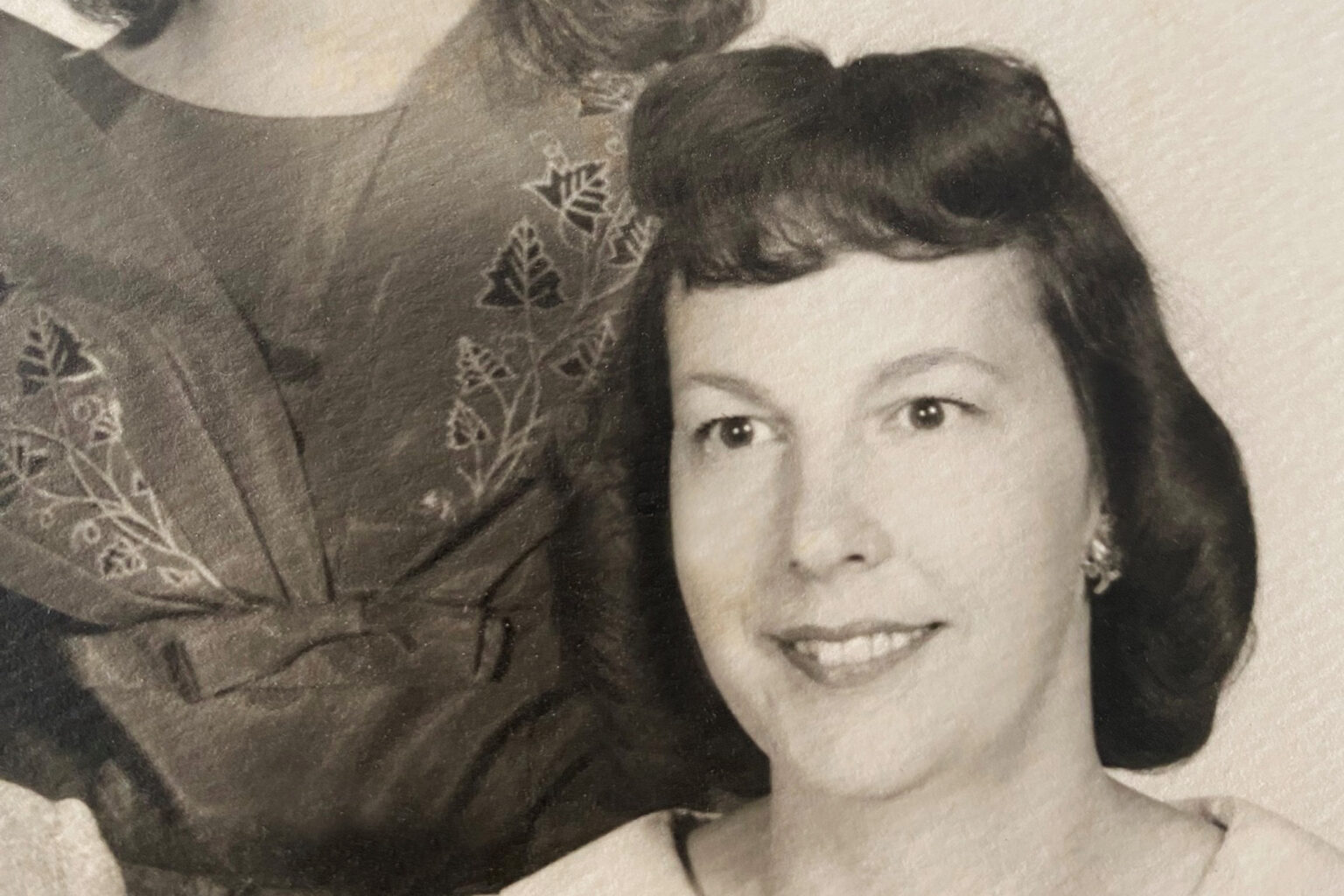Global Courant 2023-05-31 20:07:39
Authorities have identified the remains of an Arizona woman who was strangled and left in a suitcase in St. Petersburg, Florida more than 50 years ago, and are now seeking the public’s help in identifying her killer and finding her daughters , the police announced on Tuesday.
Police used genetic genealogy to identify Sylvia June Atherton — long known as the “Trunk Lady” because of where her body was found — as the victim of what St. Petersburg police called the city’s “oldest and most infamous cold case”.
Atherton, a mother of five from Tucson, Arizona, was 41 when she died in 1969, police said. A pair of officers found her partially clothed body wrapped in a large plastic bag and strangled with what police described as “a Western-style man’s bolo tie” in a black steamer trunk in a wooded area behind a restaurant at 4200 34th Street South on Halloween, said the St. Petersburg Police Department in a Facebook post. She also had “visible injuries to her head,” according to the police Facebook post.
Witnesses said two white men left the trunk in the area after carrying him out of a pickup truck, assistant chief Michael Kovacsev told reporters Tuesday.
Sylvia June Atherton. The St. Petersburg Police
The trunk belonged to Atherton and her husband, Scott Brown, Kovacsev added. Brown died in Las Vegas in 1999 with no mention of a woman in court records, police said in the Facebook post. He also did not report her missing and did not list her on the bankruptcy record, Kovacsev said.
“You can see there are some conclusions that we need to fill in the gaps,” he said, adding that police are still seeking the public’s help to bring forward whatever information they have.
Atherton’s body was exhumed in February 2010 from a local grave — where she was buried as “Jane Doe” — as part of what authorities say were multiple failed attempts by investigators over the years to identify the remains using infested teeth and bone samples.
“Especially in the older cases, DNA was not considered,” Kovacsev said told Tampa’s NBC affiliate WFLA. “Evidence preservation wasn’t necessarily as well thought out as the way we do things today.”
But the advent of genetic genealogy – which has been used in recent years to identify various victims and suspects – has opened up a new opportunity for researchers working on cold cases. (St. Petersburg police also announced on Tuesday the identification of a now-deceased suspect in the 1997 murder of then-18-year-old Richard Evans.)
A St. Petersburg police detective discovered an original sample of Atherton’s hair taken during the autopsy that had not been tested, and sent it to a Texas lab earlier this year, police said. The samples provided a DNA profile and researchers ran it through a DNA database, identifying her relatives and obtained DNA samples from some of her children to finally confirm her identity.
One of Atherton’s daughters, Syllen Gates of California, told investigators that her mother left her and her brother with their father in Tucson when she left for Chicago with Brown, her husband; her 5-year-old daughter Kimberly Anne Brown; her adult son Gary Sullivan; and her adult daughter Donna and husband David Lindhurst.
Police are still trying to track down Kimberly and Donna, who they say “may have additional information on the case,” they wrote in Tuesday’s announcement.
Gates, who was 9 at the time of her mother’s murder, told WFLA that her mother’s fate had remained a mystery until she was identified.
“We had no idea what had happened to her,” she said.








